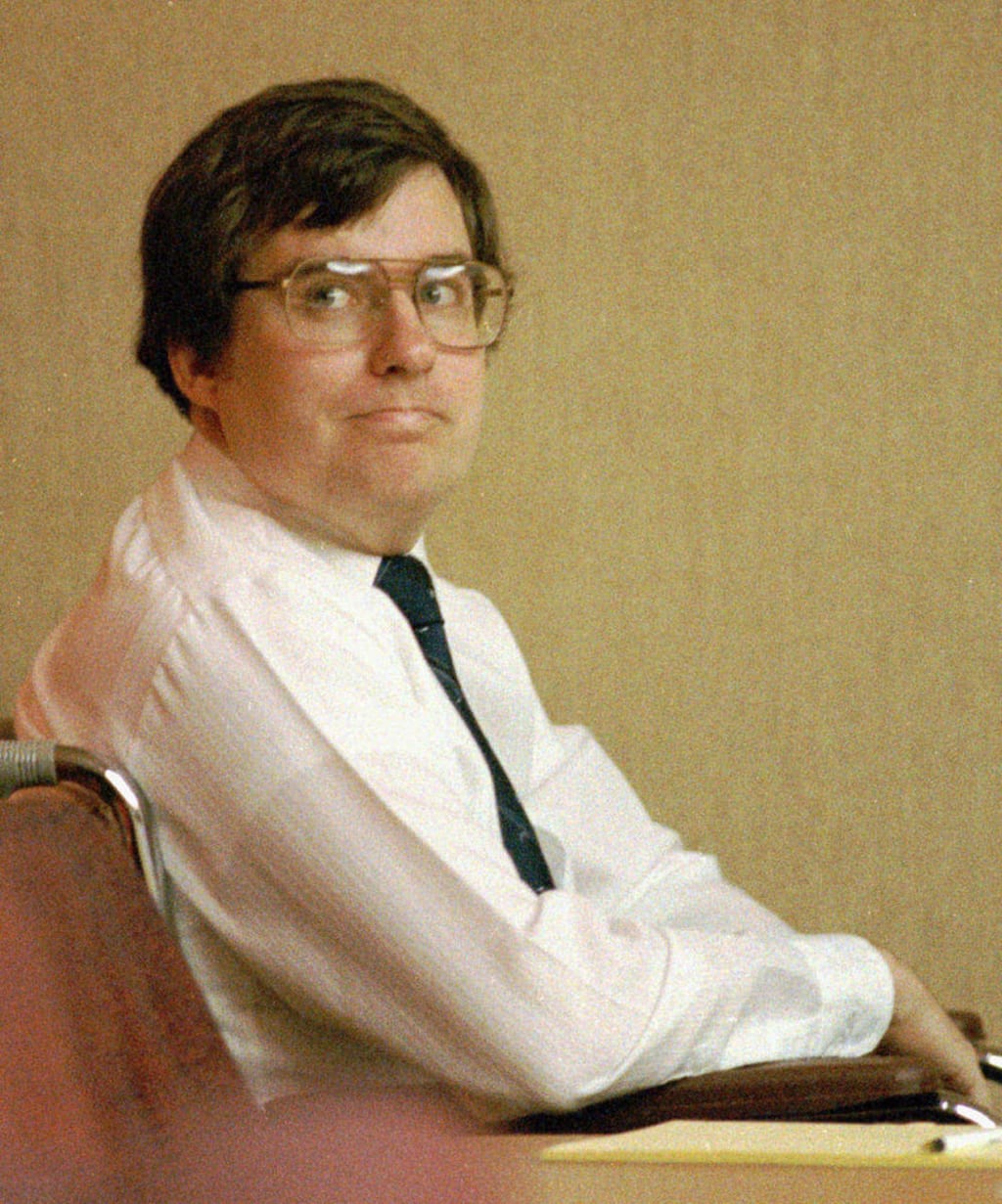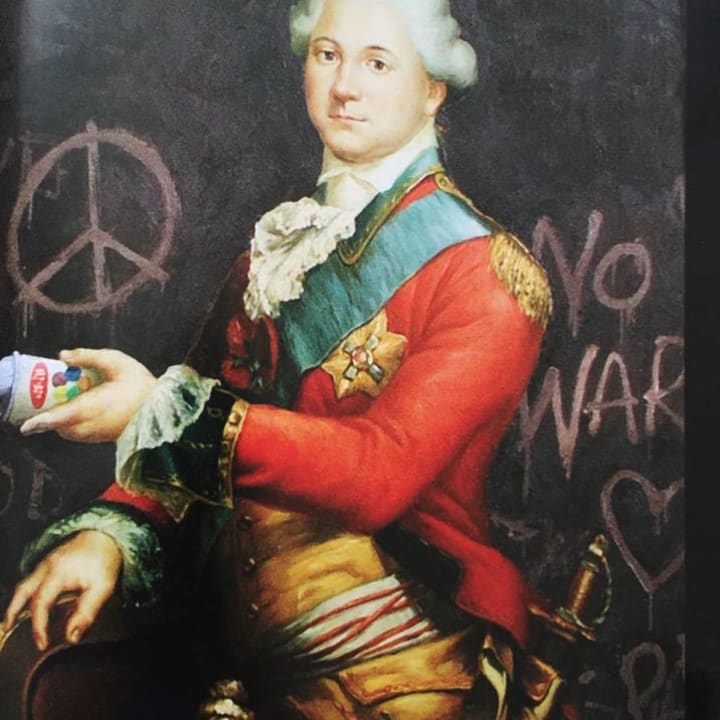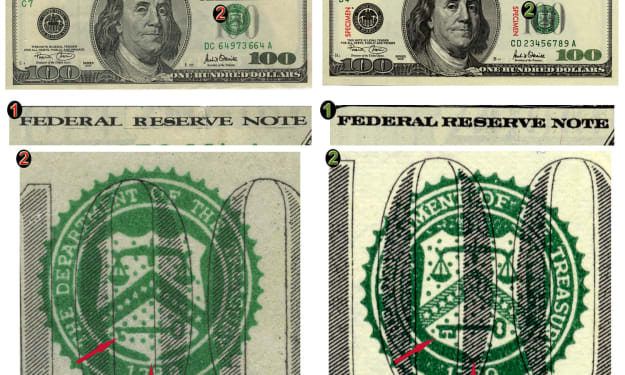Fraud, Forgery, and Fun
A Few Examples That Will Blow Your Mind

Fraud, forgery, and hoaxes can be serious crimes—but every once in a while, they prove a point, bring fame, or set someone free.
Mark Hofman
He was a Salt Lake City Mormon from a deeply religious family. He didn't do well in school, but his childhood hobbies of coin collecting, magic, electronics, and chemistry would provide him with the skills to commit his crimes. His first foray into forgery occurred when, at 19, he altered the mint mark on a coin, making it far more valuable. By 1980, he was forging Mormon documents. He would get paid upwards of $20,000 dollars, plus actual Mormon documents, of which the church owned more than one. He was motivated by greed and his animosity towards his church. Many of the documents he forged were embarrassing to the Mormons because they went against their dogma. One document set off different factions of the Mormon Church against each other. The Mormon Church bought his documents to bury them, but Hofman would leak the information to the press, embarrassing church leaders. He also forged signatures and documents relating to George Washington, John Adams, John Quincy Adams, Daniel Boone, John Brown, Andrew Jackson, Mark Twain, Nathan Hale, John Hancock, Francis Scott Key, Abraham Lincoln, John Milton, Paul Revere, and Myles Standish. These forgeries are still out there. Hofman had promised a collection of documents for the Mormons but was running short on time and money to produce them. Desperate for time, he planted bombs to kill the people from the church he was dealing with, and then blew himself up to counterbalance any suspicion. He is doing life in Utah, but he seriously damaged the reputation of the Mormon Church, which he wouldn't have been able to do if they weren't so paranoid about church history.
Banksy

SURREPTITIOUSLY PLACED PORTRAIT
Banksy is a renowned street artist who is celebrated for his art and movies. He may or may not have finally been identified as a member of the musical group Massive Attack. If folks are right, it ends one of the most interesting mysteries in the art world. However, most New Yorkers will remember him from his foray into the museum world in 2003. He decided his art was worthy of being hung in museums, and so he hung his art, uninvited, in the Museum of Modern Art, the Metropolitan Museum of Art, the American Museum of Natural History, and the Brooklyn Museum. He also hit the Louvre, Gallery 49 in Britain, and even Disneyland. Some of the museums noticed his works and took them down. Some didn't realize they were there for months, and a couple have saved his works, and it's a good thing, because now he is really famous, and those works are worth real money. Is installation art fraud? Some of the canvasses were quite large, and he claims he used tricks he found in writings about Houdini to smuggle them into museums..
Tom Keating

Tom Keating is a British artist who found the art world corrupt and without a sense of true art. He forged over 2,000 artworks by 100 different artists. Not satisfied with just tricking the experts, he embedded self-described "time bombs" in his works so they would eventually be discovered as fakes. He was finally arrested in 1977, but the charges were dropped. Keating went on to have his own television show, teaching people how to paint. England's very own Bob Ross. His own paintings have gone on to garner hefty amounts of money. Where is the justice here?
Shaun Greenhalgh

King Tutankhamun went through a huge resurgence in popularity in the early to mid-1970s. Britain in 1972, and the US 1974-1976. Egypt and Nixon were trying to smooth a rough political atmosphere. In Britain, Tutmania was just as fervent. When the Bolton Museum in Manchester had the occasion to buy an Egyptian statue of Tutankhamun's granddaughter in 2003, they jumped at the chance to purchase a sure crowd pleaser. Its authenticity was verified by no less than Christie's Auction House and the British Museum. They dated it at 3,300 years old. A short year later, it was found to be fake. A Manchester resident, Shaun Greenhalgh, manufactured it in his parent's backyard shed. In fact, the entire family had been producing forged artwork for 17 years, making more than a million pounds. Shaun did four years hard time, and his parents got suspended sentences. The museum still displays the artifact in its forgery section. All's well that ends well.
Adolfo Kaminsky

Here is forgery put to its greatest use. Adolfo Kaminsky was an 18-year-old Jewish boy in Paris during World War II. He and his family were saved by doctored papers, and they avoided the concentration camps. When Adolfo went to pick up their altered documents, he was asked by resistance operatives what his occupation was, and he told them he was a dry cleaner. They asked if he knew a way to bleach out black ink on identification papers, and he said he did. He joined the resistance right then and there. They specialized in saving children. Kaminsky forged work papers, passports, marriage certificates, birth certificates, and even food rationing cards. He made up French names to replace Jewish names. He did it all using everyday scraps gathered for this purpose. His underground lab could produce 500 documents a week. Kaminsky was able to take big problems and break them down into simple solutions. No one is sure how many lives Kaminsky saved, but estimates say between two and three thousand. Has there ever been a better use of a criminal activity? When you think of the children he saved, and add in their children and grandchildren who will go on, it is a sobering moment.
About the Creator
Monica Bennett
I am a retired high school and college teacher. I have taught forensics, biology, chemistry, ecology, and Earth science.. Long Island has been my home for 60 years.






Comments
There are no comments for this story
Be the first to respond and start the conversation.